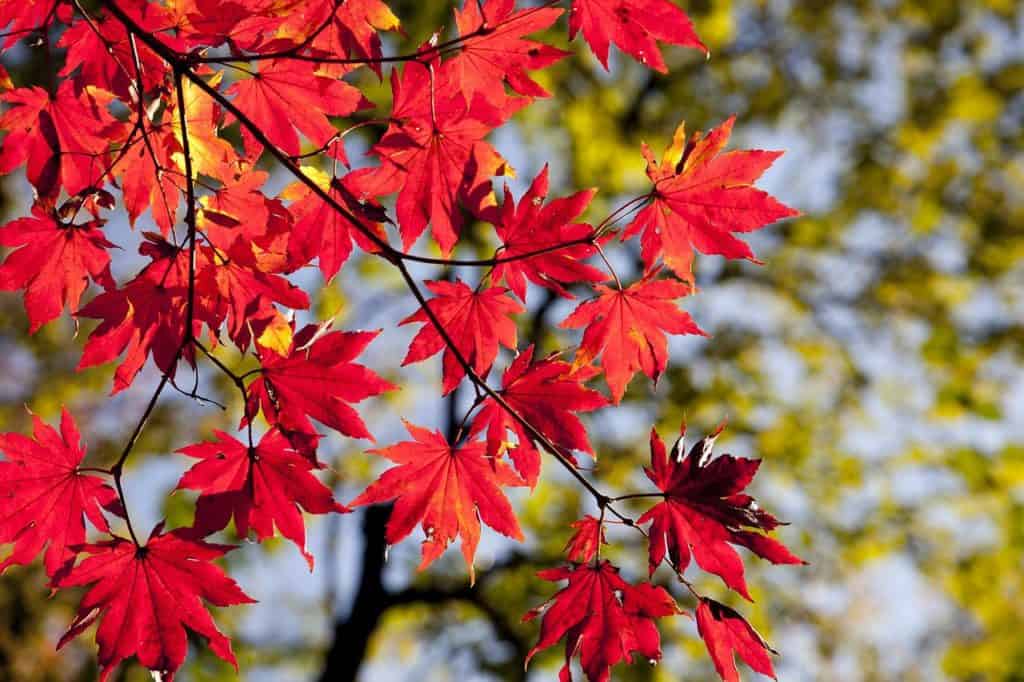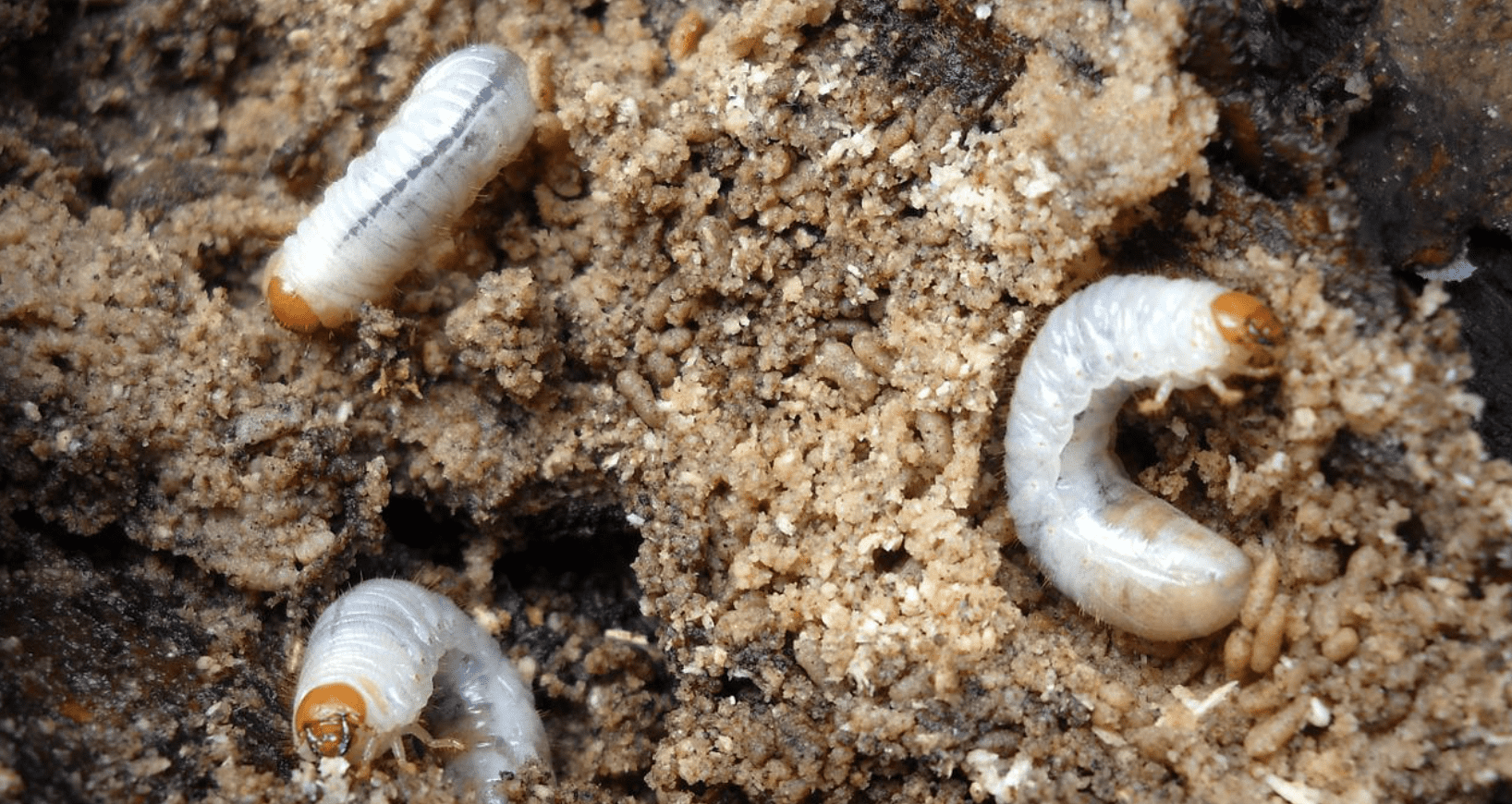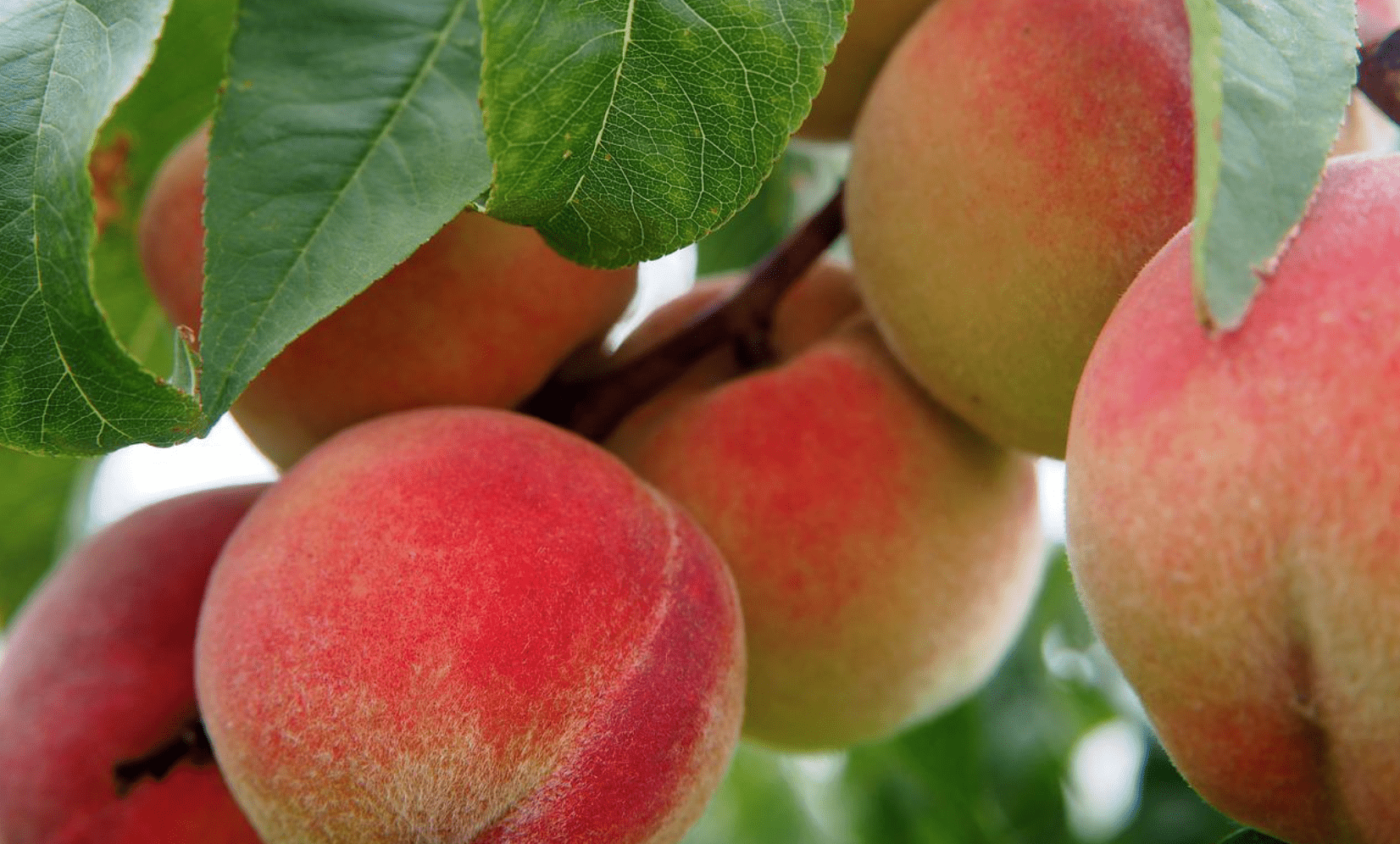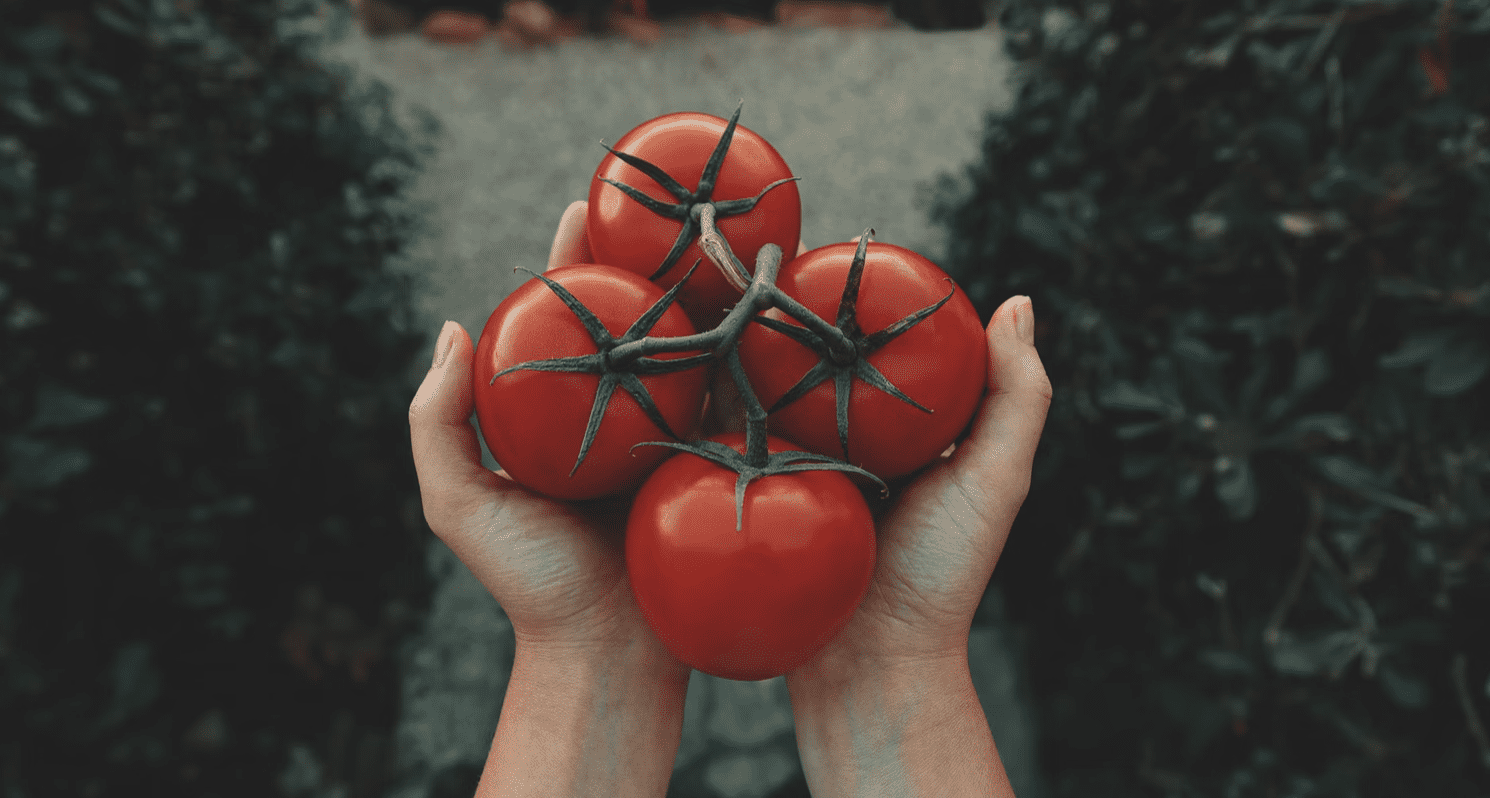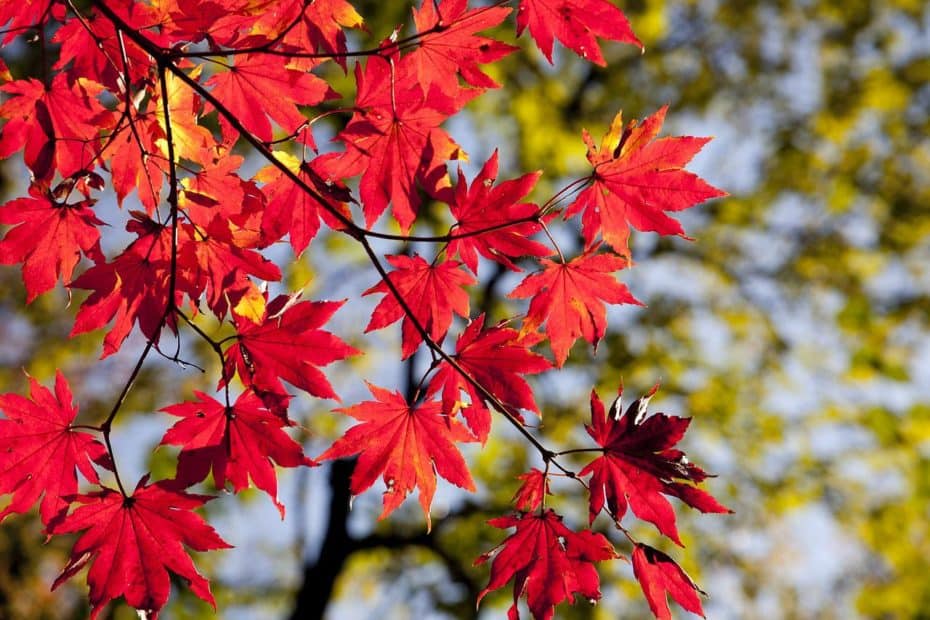Trees That Like Wet Soil: 8 Types to Consider
Tree species are abundant worldwide. As you can imagine, different species of trees enjoy different climates and moisture levels. For those who live in areas with more rain, you want to make sure that you select trees that like wet soil and can thrive in it.
The good news is that there are plenty of trees for wet soil; remarkably, there are even trees that grow in water, giving you plenty of options for the perfect tree addition in your garden.
But how can you find the best trees for wet soil? And what are some of the most important factors to consider?
Let’s look at some of the tree types you should consider and explore how trees for wet areas can even help improve the drainage in your garden.
8 Trees That Like Wet Soil
If you have wet soil year-round, you’ll face an uphill battle trying to grow trees that aren’t suited for rainy climates. Therefore, you should choose trees that like wet soil and will thrive in it.
Below, we’ll go through some of the water-loving trees you could consider.
Willow
There’s a reason why willow trees often grow next to water; they’re exceptionally well adjusted to large amounts of water in the soil and will be happy to grow in very wet conditions.
If you have a place you want to plant a tree that’s near a body of water, such as a lake, pond, or river, you can’t go wrong with a willow tree. It can handle various wet conditions and is ideally suited for most grounds and areas.
There are many willow tree options, including Weeping, White, and Goat. Most of them are trees that like wet soil, so you should have no problem growing them in wet conditions.
Bald Cypress
The bald cypress tree is another excellent option when looking for trees that like water. It’s a tree typically associated with the swampy landscape of the south, providing a distinct and beautiful look that can go well in many situations. These trees will capture attention from afar, as they can grow to more than 100 feet, which means their large trunks will also take up a lot of space.
Even though the bald cypress tree is relatively versatile, it can thrive in wet soil, so you don’t have to worry about drainage as much as with some other species. Because of the potential size, you need to provide the bald cypress with plenty of space and not try to squeeze it in tightly with other trees.
If you plant them correctly, you can enjoy the monumental sight of a staggeringly tall tree that will be seen from afar. In addition, if you plant the tree next to a body of standing water, they will develop “knees” that protrude from the water, making your landscape more unique.
Pine Oak
If you’re looking for a tree that likes wet soil and also stands out, the Pine Oak is a great choice.
The Pine Oak tree is considered a mighty oak tree for a reason. They rapidly grow and dominate the areas where they are planted. They also produce a lot of shade, making them an excellent selection for those who want a tree that will block the heavy sun.
One standout feature of the Pine Oak is its dense branches. Another is how its darker shade of green leaves turns a dark red color in the fall. These stunning leaves remain in the winter, which is unusual for other tree types.
Red Maple Tree
If you’re looking for a tree that does best in wet soil, you should strongly consider the Red Maple tree. It’s one of the most beautiful trees to enjoy in autumn when the tree leaves turn red. During this period, it is an amazing sight to behold.
This is another tree that can grow quite large, up to 80 feet, and thus will require a lot of space. What’s more, the Red Maple tree is known to have big and powerful roots that will grow in all directions, so consider the location for planting the tree accordingly.
However, the good news is that the Red Maple tree is quite durable and will thrive when planted in wet conditions.
California Sycamore
The California Sycamore tree, also known as the Western Sycamore, is a staple of the Southern Californian landscape. In fact, the tree and its wood play an essential role in the region, as it’s used for furniture, cutting boards, and even musical instruments.
The good news for those with wet soil is that these trees not only enjoy moist soil but actually need to be planted in it to survive. If they are planted in dry soil, the tree will have much worse odds of surviving in the long term, which means that those who can’t ensure wet conditions might have to look for another tree species.
When fully matured, sycamore trees can range up to as much as 100 feet, providing a lot of shade, as it tends to grow in groups of up to seven trees, branching out into the sides.
Pear Tree
Unlike many other fruit tree species, the pear tree is a pleasant exception, as it’s one of the trees that like wet soil and can grow well in it. So, if you want a tree that produces fruit you can enjoy, the pear tree is a great option, especially if you have wet soil conditions.
The white flowers blossom into delicious pears for you and your family to enjoy every spring. And since the pear tree can grow to around 20 feet, even a single tree will give you plenty of fruit every year.
One thing to consider when looking into pear trees that grow in wet soil is that even though they can grow in soggy soil, they require a lot of sunshine to produce a lot of fruit. The sun is also needed to make the fruit sweeter.
Planetree
The planetree is another good choice for trees that do well in wet soil. It’s also excellent for those who want a tree that will dominate the yard and have enough room for a tree that likes to grow tall and branch out. The planetree can reach heights of over 100 feet and can take up a space of 80 feet, so you should consider whether your yard has the necessary room to allow it to grow comfortably.
Even though the planetree enjoys the sunshine, it can grow in various climates and does well in wet soil. It can even handle soil that’s been polluted, which means you can grow this tree near roads or other areas that are exposed to a lot of polluting elements.
River Birch
Birch trees are known for being very well adapted to wet areas. When the soil is constantly damp, birch trees seem to thrive and grow best, even though they can grow in other conditions.
The River Birch is always popular because it has a distinct look from the peeling white bark and glossy green leaves that are impossible to mistake for anything else.
However, keep the soil damp consistently to give the river birch the best conditions possible. You can use mulch to assist you in providing a cool and moist habitat for the roots to thrive. But despite being one of the trees that like wet soil, river birch trees also like some sunlight, so make sure to plant it in a location with full sun or only partial shade for best results.
Sweetbay Magnolia
If you’re looking for small trees for wet soil, the Sweetbay Magnolia is an excellent option to consider. Unlike many trees on this list, the Sweetbay Magnolia only grows up to 30 feet in height, making it the perfect choice for smaller outdoor areas.
What’s more, when you opt for the Sweetbay Magnolia, you will also be able to enjoy the beautiful white flowers the tree gets covered with every spring.
This tree is relatively versatile and can grow in a variety of climates. If you plant it in warmer climates, it will never shed its leaves, but it can also go through the leaf shedding process in colder climates.
Trees for Wet Areas
Now that we’ve gone through some of the most popular trees that grow in wet soil, we can explore more options that can grow in wet areas, as well as in areas that are poorly drained or have other issues.
In areas that are not only wet but also have poor drainage, you will usually find more luck with deciduous trees, which are trees that lose their leaves when the weather turns cold. These trees are generally more adapted to different conditions and will withstand extreme dampness and cold for extended periods.
Let’s go over a short list of trees below.
Dawn Redwood
The Dawn Redwood tree is one of the most beautiful trees you can plant. It not only thrives in wet and moist conditions but is also a unique tree that loses its needles. The tree was considered extinct for millions of years before being rediscovered in the first half of the 20th century.
This tree will thrive in almost any soil, including acidic, moist, sandy, wet, well-drained, and even clay. However, even though it can withstand floods and droughts, it prefers a more consistent moisture level in the soil for best results.
Swamp White Oak
Another tree that you could consider is the Swamp White Oak. As the name implies, it’s a tree accustomed to growing in wet and swampy areas. The Swamp White Oak can withstand flooding, dampness, and other wet soil challenges that different tree species might struggle with.
This tree is an excellent choice if you want plenty of shade since it tends to branch out far. At the same time, it’s great for the environment, as it supports wildlife biodiversity and absorbs a lot of carbon.
While the Swamp White Oak loves moist areas, it can also thrive in drier climates, tolerating prolonged droughts quite well.
Water Tupelo
If you want a tree that not only likes water but can also grow in bodies of water, you could consider the Water Tupelo as a viable option. It’s an aquatic tree that’s flood tolerant and can stay with its trunks submerged in water for extended periods.
Those who want to plant trees in regularly flooded areas will find this unusual-looking tree an excellent choice. This tree can grow in muck, clay, sand, and a range of other soil types, no matter the drainage.
How Water-Loving Trees Help with Drainage Issues
Even though most people look for trees that like wet soil to match their yard conditions, many of the trees listed above can help manage the drainage issues you might currently be facing.
Water-loving trees typically soak up a lot of water, which means that areas they’re planted in might benefit from the trees, including becoming drier and more stable in the process. This can result in other plant species being able to grow more prominently, leading to healthier biodiversity.
One thing to consider is that trees that love water will seek it out if they don’t get enough of it. So, if you plant your tree near pipes, a tree might burst them trying to access the water inside. To avoid this, consider giving these trees plenty of space so they don’t cause unexpected issues that could be expensive to repair later.
Keep Your Trees Healthy with Dr. JimZ Fertilizer
Choosing trees that like wet soil is essential, especially if you have a yard with a lot of moisture and want to ensure it doesn’t cause issues. The good news is there are many tree types you can choose from, each offering different appearances and benefits to meet your unique needs.
To ensure your trees have the best chance of staying healthy and flourishing, you can find various fertilizer products in Dr. JimZ Fertilizer’s online store. To learn more about our tree fertilizers, check out our selection today!
